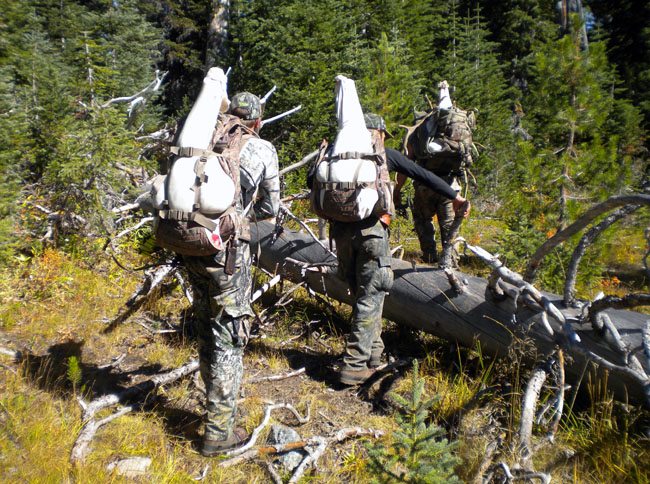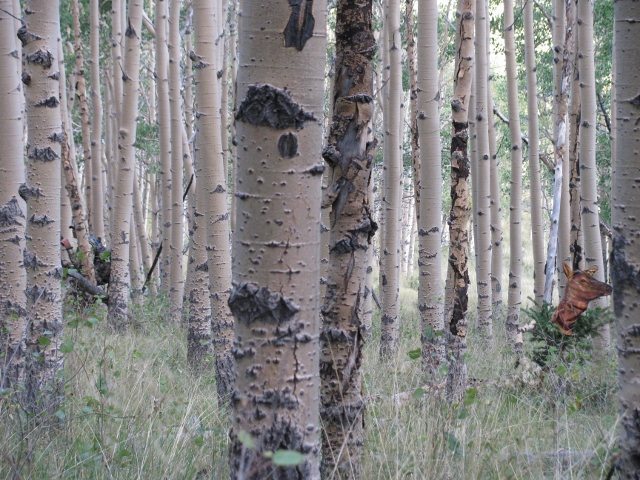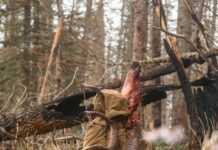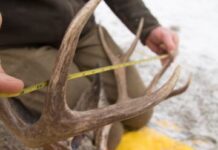Setups and Things To Consider
By Elknut
Your setup is one of the most important and most overlooked things that can blow an encounter in the heat of the moment! A few calls can tell you whether or not elk are rutting. Many hunters do not realize how keen elk are. Elk can see through the timber or brush at long distances. They are looking for a resemblance of an elk from where sounds are coming from. When they do not see another elk a “red flag” of concern is raised! Tip: Decoys can be an asset!

There are several factors to consider once bulls are located vocally. Herd bull or Satellite? Herd bulls with cows on Public Land hunts will not come to your calling 95% of the time, (when the distance exceeds 125-150yds or more.) When you continue calling to them trying to persuade them, cow/cows in turn are calling you with every single sound they respond back with. At times they may get more demanding or urgent and when you do not show, they get nervous or the lead cow moves them out of a threating situation. When calling herd bulls many times a Sentry cow can leave the herd and circle the source of the calling. She does this to see why this stubborn cow isn’t coming. In many cases, the caller or shooter is seen & she slips away taking the herd with her. Many times, we are just focused on the spot/area the bugles are coming from & don’t realize other critters are sneaking around us so we have to be aware of these things. Tip:always have your bow at the ready with an arrow nocked. Don’t learn this the hard way! When it’s Satellites that are vocally responding, much patience is needed and your calling needs be more persistent & believable. Obstructions of all sorts can impede elk from coming your way that you may be unaware of, such as water/streams, downfall, heavy cover and ravines. Elk will overcome some obstacles depending on excitement & aggressiveness but it can’t be counted on. Tip: setup in areas where their approach to you is possible!

Winded elk will generally move off and quit calling back all together. If you are seen and they feel threatened that it’s not another elk, they generally will drift away sounding off with a single nervous grunt. In most cases, they will continue to answer your calls at this time but not come any closer. But generally, their bugles get more distant between you and them! Too many guys push the envelope and move unnecessarily or are fidgety at the wrong times during a setup. Unfortunately, calling gets the the blame when it’s not that at all. It takes a real veteran of the game to know when and where to stop so there’s no chance you are spotted. The best calling in the world can not overcome movement at the wrong time!!!!

ElkNut — More information can be found here on this subject!




















